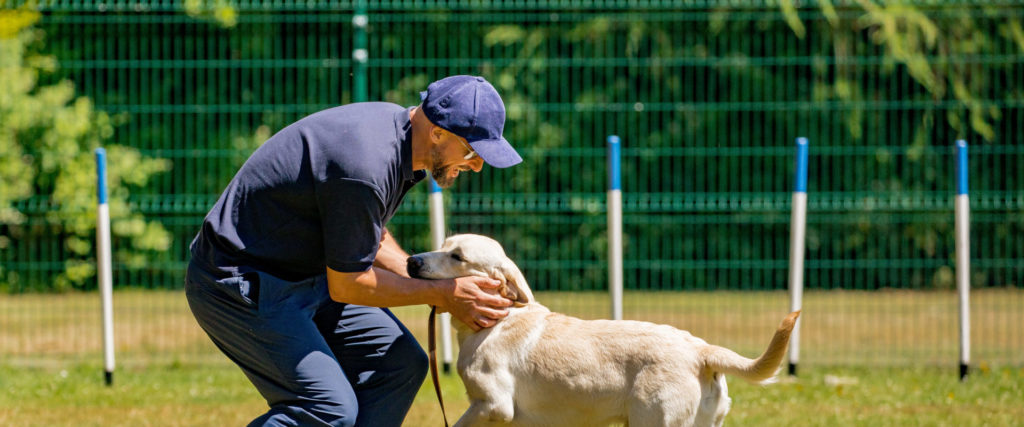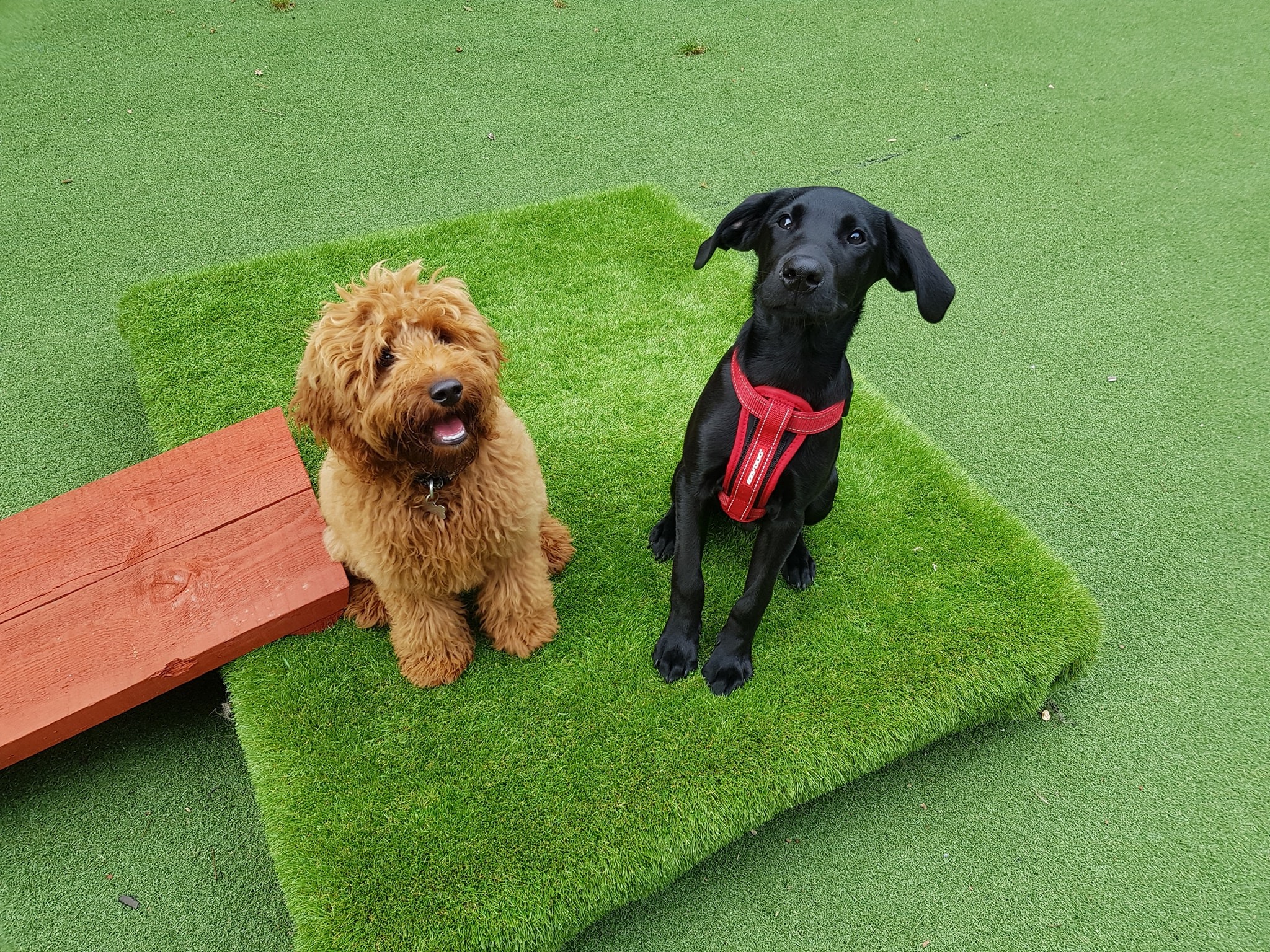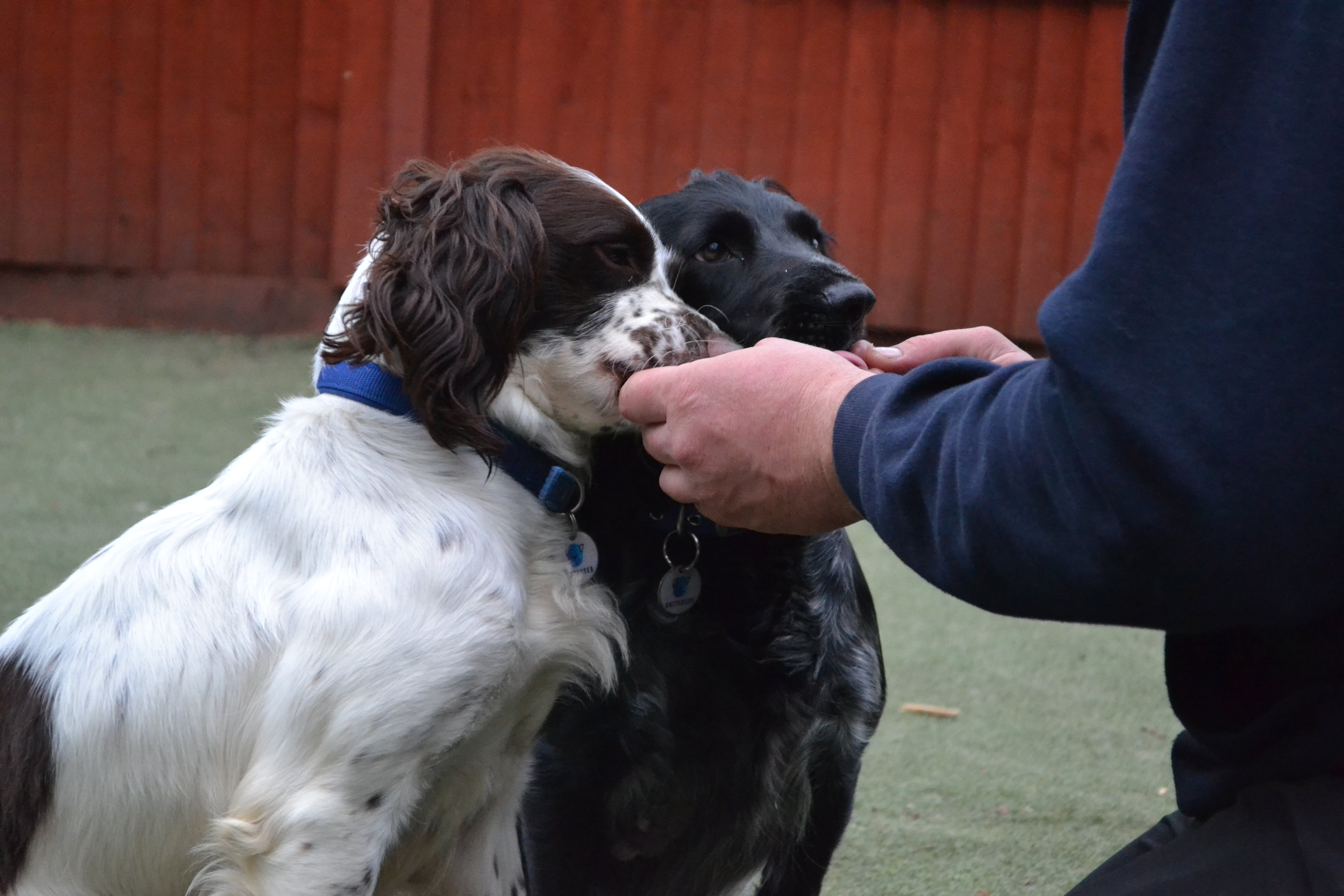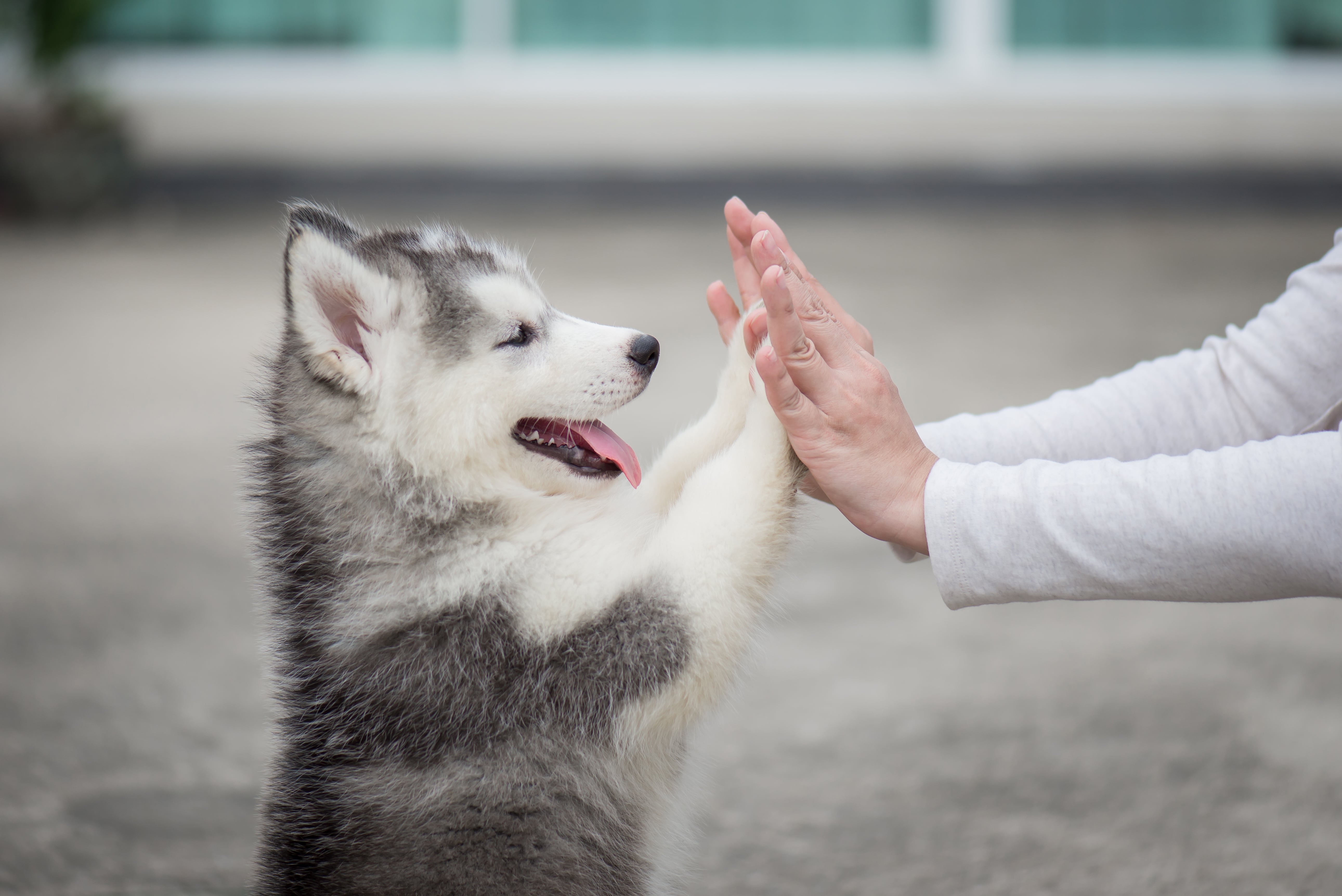What is Dog Anxiety?
All dogs experience anxiety at some point, just like all humans (unless you are a psychopath) become anxious at one point or another. This is a natural, even healthy emotion – as long as it is kept in check at normal levels.
If anxiety isn’t treated and allowed to grow, usually because the original cause of the anxiety either is never treated or removed, it can become so bad the dog might hurt himself or others.
Three Common Causes of Anxiety in Dogs
Fear
Separation
Ageing
Though you can help, there is no cure for ageing in dogs. Fear or separation related anxiety can certainly be helped, almost always cured eventually, but only it treatment is done right by an educated behaviourist. With the appropriate rehabilitation, nervous dogs can make substantial improvements!
Though anxiety can be helped in almost any dog with the right treatment, it can be harder with older or adult dogs. For an inexperienced handler, treating an adult dog with extreme anxiety problems can seem impossible and could only make the problem worse!
Better to Treat Anxiety in Puppies
If your puppy is experiencing anxiety problems, take action NOW – before it is allowed to get worse! Just like it is easier to teach social skills to a puppy rather than a fully grown adult, it is much easier to treat anxiety while a puppy is still developing.
If anxiety in puppies isn’t treated early, it can easily lead to full blown dog aggression in adults.
If Left untreated, anxiety doesn’t simply ‘go away’ and won’t improve with age. In fact, it usually worsens with age!
What Exactly is Fear Aggression?
Fearful dogs will usually try to avoid whatever they see as a ‘threat’, called their ‘flight response’, but to a point. This is a classic ‘fight vs. flight’ scenario; fearful dogs that feel cornered or ‘trapped’ and can’t flee from confrontation might decide physical aggression is the only means left for them.
Dogs will usually growl, bark or display their teeth before actual biting. Fearful dogs will usually do whatever they think they can to avoid a physical confrontation that could lead to more harm.
If that doesn’t work, dogs suffering from Fear Aggression can resort to physical violence in order to handle a threat. You can’t honestly blame dogs for defending themselves in the only way they know how, but that might not change the fact that you now could have a family member in the hospital for bite wounds.
Punishment Correction Training: The Worst Thing You Can Do
The avg. dog owner has been bombarded with ideas of becoming the ‘Alpha’, showing their dog who is in charge, and establishing a strict form of dominance. Many of us see dogs as children, and correcting a dog with something painful or uncomfortable so they don’t repeat unwanted behaviour simply makes sense. After all, that would work for a child (ex. spanking), right?
Positive Punishment: Adding something uncomfortable to discourage a behaviour. Ex. ‘Zap’ from electric collar, or physical corrections like hitting/slapping with newspaper.
Negative Punishment: Taking away something valuable to dog in order to discourage behaviour. Ex. Don’t acknowledge attention seeking behaviour or take away toys or food.
Believe it or not, Positive Punishment might work very well in the short term, since dogs are intelligent and have a strong instinct for self preservation. It can also, and has, led to pets becoming fearful and deciding to snap at, nip or even bite their owners rather than continue to suffer.
Punishment related corrections used with an already anxious or fear – aggressive dog can make the problem much worse!
Be sure to select a trainer that uses 100% non-aversion methods.
Where Positive Punishment used to be a very popular form of correction in the earlier days of dog training, before we know much about dog behavior, it is discouraged today by most IMDT accredited trainers and the majority of dog training professionals prefer to avoid using it.
Taking Away ‘Resources’ (a form of Negative Punishment) can Lead to Resource Aggression
When I was a child, we had a Chesapeake Bay Retriever named O’Malley. O’Malley would often get into the trash, learned to open our bread drawer, and would eat anything else left out he could get.
Of course we all punished O’Malley for this, and he slowly developed a resource guarding problem. No one knew how to cope with this behaviour, and my parents never bothered to seek help from an educated animal behaviourist capable of proper training, so the resource guarding only grew to an extreme breaking point.
My parents purchased an electric collar for O’Malley, but the tool was of course abused; O’Malley was shocked for almost everything he did we didn’t like.
O’Malley bit my father, my brother, and finally, my 5 year old nephew. After attempting to re-home O’Malley, my parents had my 4 year old dog, the dog who waited for me to return home from school every day, who slept in my room every night, my best friend in the world, put down.
What is the Moral of this Story?
Resource guarding is actually a very simple thing to treat, as long as it is done right. Had they sought help from an educated, IMDT accredited trainer for O’Malley’s dog aggression the very first time he bit someone, the problem would have been cured and my beloved companion would have almost certainly been allowed to live a long, full and happy life.
Instead, it wasn’t treated in time, he bit three people (including a child), and was put down barely into early adulthood.
The same holds true for almost any form of anxiety or dog aggression. There is a reason for every behaviour dog might exhibit, and that behaviour can only be best treated once you know what that reason is.
Thankfully, there are educated, accredited trainers out there who have devoted their lives to learning & coping with the intricacies of dog behaviour!







[…] in hospital or if a friend or family needed you to attend somewhere where you can’t bring your fearful or reactive […]